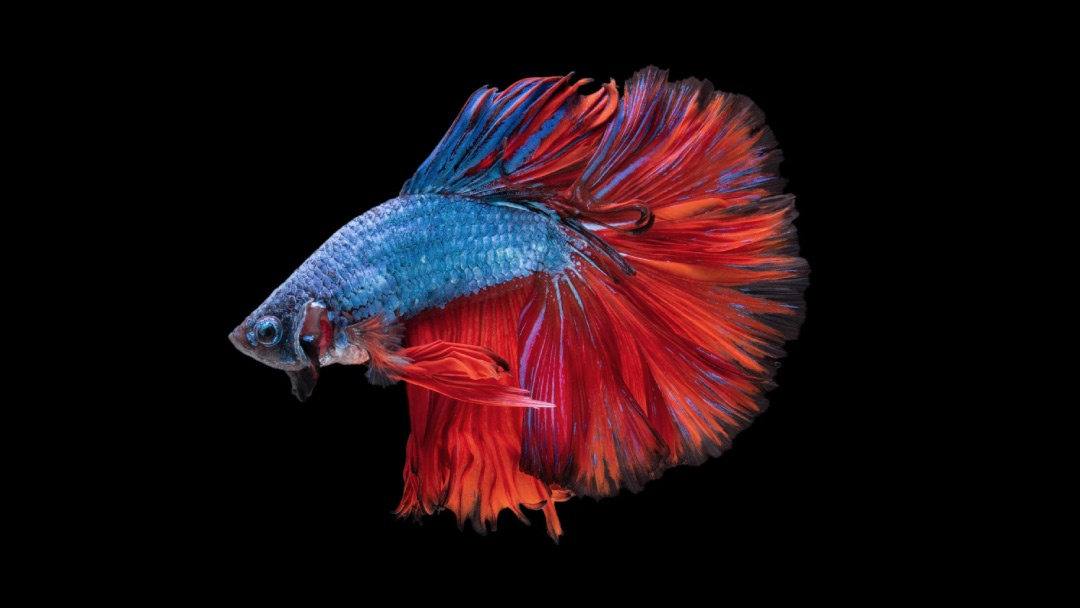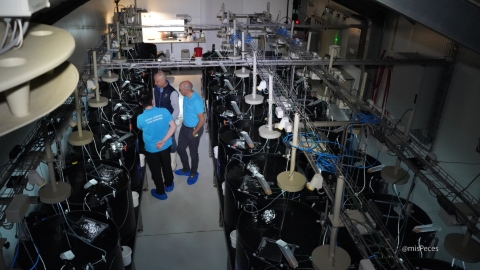
Betta fish (Betta splendens) are among the most sought-after ornamental species, cherished by enthusiasts for their dazzling colours, distinctive patterns, and diverse fish shapes, making them a firm favourite. Beyond their stunning appearance, they are notable for their territorial behaviour and ability to adapt to various environmental conditions, trait that further enhance their popularity as pets.
The enhancement of their colours not only boosts their aesthetic appeal but also gives them a competitive edge in the marketplace. This can be achieved naturally by including Spirulina platensis in their diets. This microalga is renowned for its rich nutrient profile and carotenoids, such as astaxanthin, a fat-soluble pigment that fish cannot synthesise themselves and must obtain through their food.
A recent study revealed that moderate supplementation with Spirulina, specifically at a concentration of 1% in their feed, effectively enhances the yellow tones and intensifies the overall colour of these ornamental fish, highlighting their beauty and increasing their maket value.
However, the study also found that increasing the Spirulina concentration does not necessarily yield better results. On the contrary, an excess of carotenoids can overwhelm the fish’s ability to absorb pigments efficiently, reducing its effectiveness. Additionally, higher concentrations may negatively impact growth, likely due to an overload of proteins and nutrients, which can strain the digestive system, lower nutrients absorption efficiency, and disrupt metabolic balance.
It is, therefore, essential to strike the right balance when supplementing with Spirulina, using moderate doses that maximise the benefits to coloration without compromising the fish’s growth or overall health.
With additional refinements, studies like this underline the potential of using Spirulina as natural pigment sources. Its application could prove especially valuable in premium markets, where vibrant coloration is a key factor in determining the fish’s market value.


